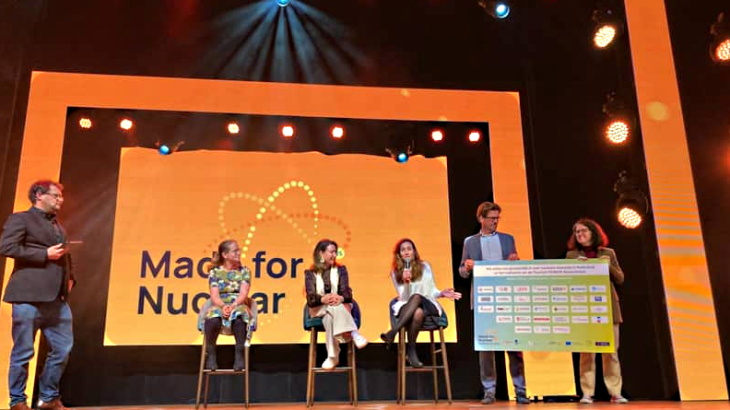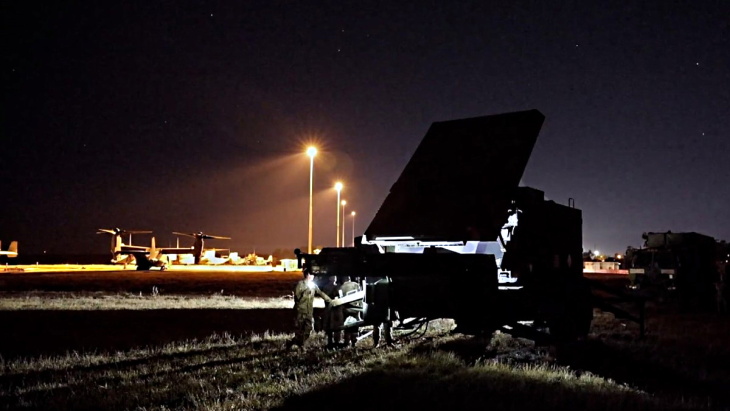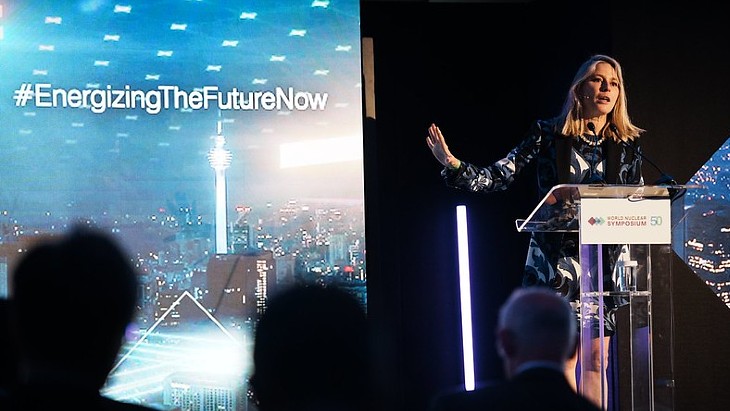Work to bolster tsunami and flood protection at the Hamaoka nuclear power plant in Japan will not be completed until the end of 2013, Chubu Electric Power Company has announced. The plant will remain offline until it has strengthened its sea defences.
.jpg) |
| Hamaoka (Image: Chubu) |
In May 2011, two months after a massive earthquake and tsunami triggered the accident at the Fukushima Daiichi plant, then-prime minister Naoto Kan personally decided that the Hamaoka plant would have to shut until it had bolstered sea defences. He said this was out of respect for public opinion in the context of Hamaoka's position on the southern Tokai coast in one of the country's regions of highest seismic activity. Kan said that analysis from earthquake experts under the Ministry of Education predicted an 87% chance of a magnitude 8 earthquake in the region within 30 years and the risk of a major tsunami.
Chubu complied with Kan's request, shutting down Hamaoka units 4 and 5, and not restarting unit 3 which was already offline for regular inspections. Units 1 and 2 have already been permanently shut down.
In July 2011, Chubu detailed the steps it would take to raise tsunami and flooding protection for the plant. Behind a 60 metre row of sand dunes measuring between ten and 15 metres high above sea level, the company is erecting a new breakwater wall to reach 18 metres above sea level. On the main plant site, measures are being taken to mitigate general serious flooding as well as for the possibility that a tsunami could overwhelm the breakwater. They include the waterproofing of diesel generator rooms and seawater pumps, as well as the installation of pumps in the building basements. Grid connections are being doubled up, with another set of diesel generators complete with long-term fuel supply being installed on high ground behind the main plant buildings. Chubu originally expected to complete the work by December 2012.
The utility has now announced that, although most of the work will be completed by the end of 2012 as planned, revisions to its work plan will mean that some measures will not be in place until a year later. Flood prevention measures - including construction of the sea wall and waterproofing the outer doors of buildings - "continue to progress according to the original schedule," Chubu said. However, revisions announced in March 2012 following the analysis of new earthquake modelling studies have resulted in extra work, primarily related to the enhancement of emergency power supply equipment.
"Specifically, to more reliably secure the cooling function of reactors and used fuel pools in emergencies, we will be working to ensure multiple cooling equipment that receive electric power from gas turbine generators located on high ground," Chubu said. "To ensure enough electrical capacity to operate these pieces of cooling equipment, we have increased the number of gas turbine generators, cables, power panels, etc."
The company said that it is evaluating the findings of other earthquake prediction studies for the Tokai region and investigations into the Fukushima Daiichi accident and will "study the need for further revisions and additions" to earthquake and tsunami safety measures at the Hamaoka plant.
Researched and written
by World Nuclear News





_69218.jpg)
_27928.jpg)

_76087_55556.jpg)




